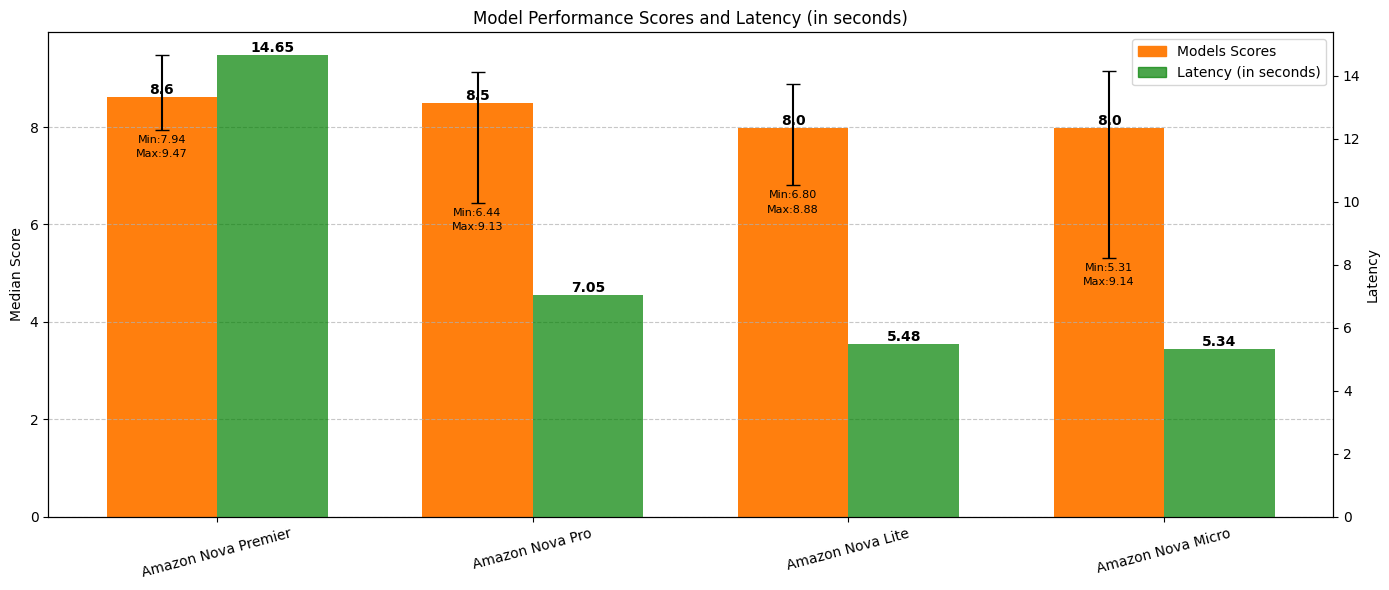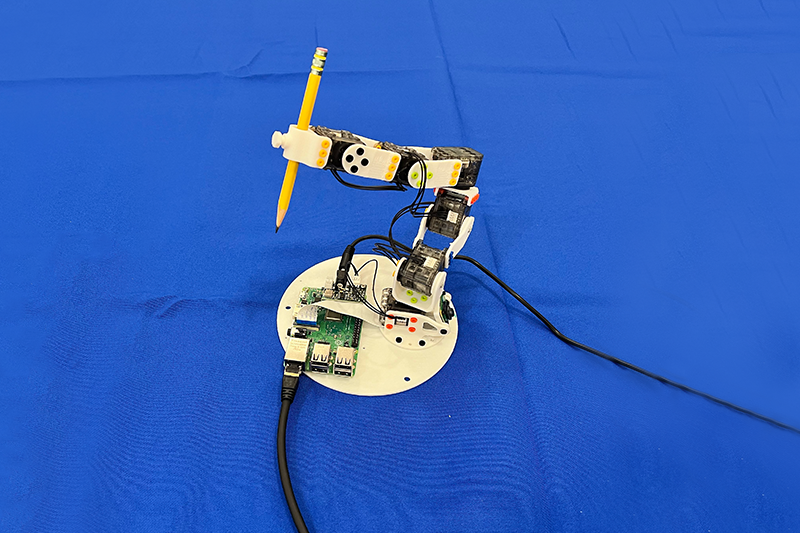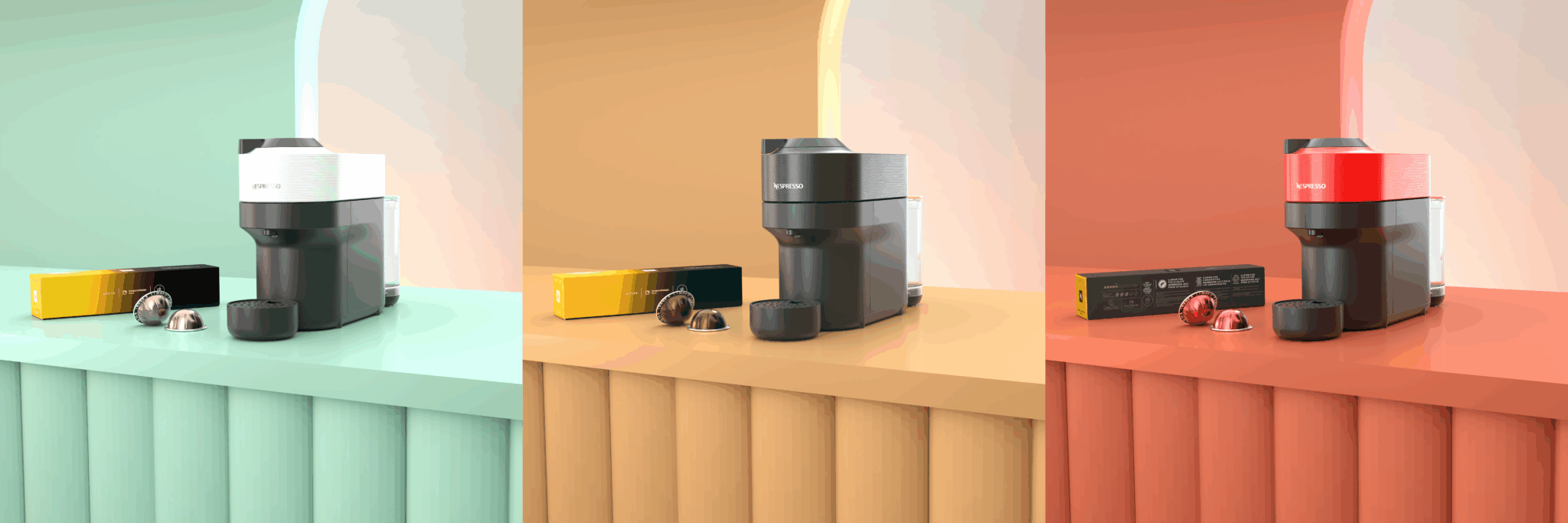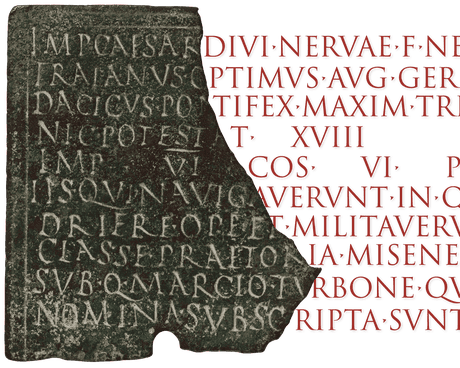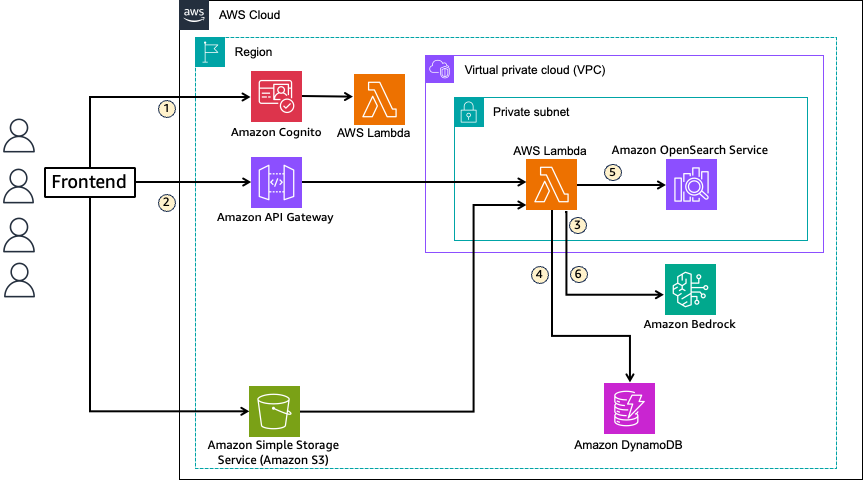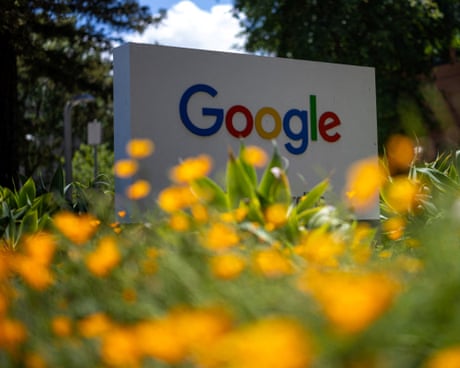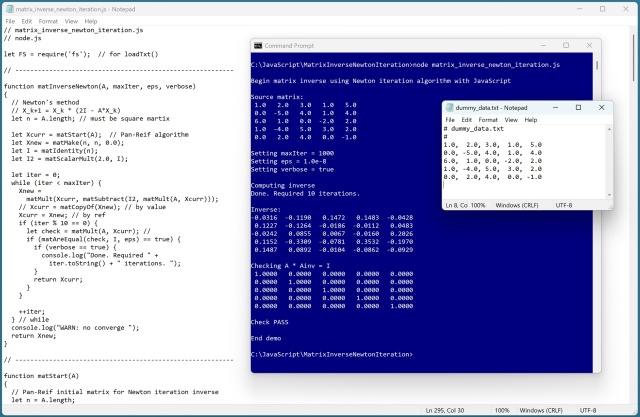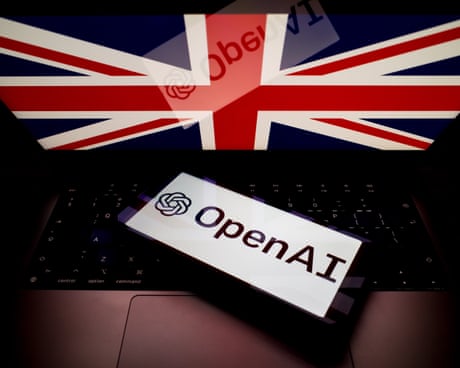Large language models (LLMs) are crucial for various applications, but evaluating their performance is challenging. LLM-as-a-judge method offers scalable, cost-efficient evaluation, bridging automated and human judgment for fair comparisons.
MIT's CSAIL developed NJF, allowing robots to learn control through vision, not sensors, offering a new approach to robotic self-awareness. The system enables robots to autonomously learn how to achieve goals, expanding design possibilities for soft and bio-inspired robots.
Kernel ridge regression (KRR) predicts numeric values using a kernel function. It uses stochastic gradient descent (SGD) for training, preventing model overfitting.
Ike Barinholtz to play Elon Musk in Artificial, a film about OpenAI co-founder during CEO transition. Barinholtz, known for Emmy-nominated role in The Studio's comedy series, set to star in Luca Guadagnino-directed movie.
Stephanie Dinkins challenges racialized AI with Black cultural ethos at Plaza in Brooklyn, showcasing diversity through AI-generated images. The art project If We Don’t, Who Will? bridges past and future of African diaspora, commissioned by More Art and designed with architects LOT-EK.
OpenUSD and NVIDIA Omniverse are transforming marketing workflows for global brands like Coca-Cola and Nestlé, accelerating content creation and ensuring brand consistency at scale. AI-powered solutions are reducing costs, increasing speed, and streamlining workflows, enabling organizations to produce high-quality visuals for local markets in minutes, not weeks.
Google DeepMind's Aeneas program is praised by historians for predicting the origins of Latin texts, easing the scholarly process. The AI tool helps decipher ancient inscriptions by predicting their time and location, named after the Trojan hero.
Trump administration unveils plan to fast-track AI sector development, sparking outrage from climate advocates. Scheme aims to dismantle environmental regulations for datacenters, semiconductor facilities, and fossil fuel infrastructure.
Trump signs executive orders to boost US AI exports, targets "woke" AI models at summit in Washington. Orders aim to streamline datacentre construction, remove environmental protections.
Chinese hackers exploit SharePoint vulnerabilities, breaching 400 agencies. Microsoft warns of ongoing attacks by state-sponsored threat actors.
Large language models (LLMs) are enhanced with external data sources through Retrieval Augmented Generation (RAG), providing personalized AI services in multi-tenant SaaS environments. Amazon Bedrock Knowledge Bases simplify RAG implementation, with options like OpenSearch Service and OpenSearch Serverless for secure, tenant-specific data access.
Google CEO Sundar Pichai attributes $2.31 EPS to AI, search, YouTube, and Google Cloud growth. Q2 earnings surpass Wall Street expectations with $96.4bn revenue.
Numerous algorithms exist for computing a matrix inverse, with Newton iteration being a simple yet effective technique. Setting a good starting matrix is crucial for convergence, as demonstrated with the Pan-Reif technique in a C# to JavaScript refactor.
Ministers face scrutiny over UK public data shared with OpenAI after 'major failures' in the past. Select committee chair calls for transparency and guarantees on data protection in agreement with $300bn tech company.
OpenAI's CEO, Sam Altman, foresees AI surpassing doctors in diagnostics. Altman positions OpenAI as key player in shaping future tech landscape.

